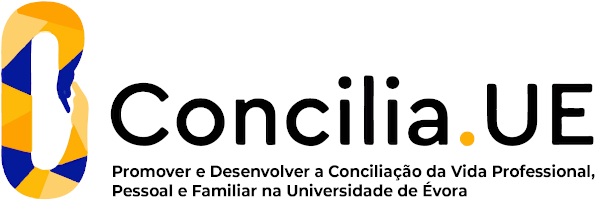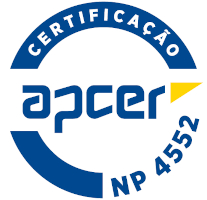2024
Biochemical Simulations
Name: Biochemical Simulations
Code: QUI13553M
3 ECTS
Duration: 15 weeks/78 hours
Scientific Area:
Biochemistry
Teaching languages: Portuguese
Languages of tutoring support: Portuguese, English
Regime de Frequência: Presencial
Sustainable Development Goals
Learning Goals
1.To know, understand and value the molecular simulation technique of Molecular Dynamics and its ability for property prediction.
2.Ability to plan a molecular simulation with an adequate selection of the parameters necessary for its execution;
3.Ability to carry out the validation of the models used in the simulations, extract and calculate the desired properties as well as estimate the errors which affect the simulation results.
2.Ability to plan a molecular simulation with an adequate selection of the parameters necessary for its execution;
3.Ability to carry out the validation of the models used in the simulations, extract and calculate the desired properties as well as estimate the errors which affect the simulation results.
Contents
1.Introduction to molecular dynamics simulations
2.Applications to protein models and cell membrane models.
3.Analysis of simulation results.
4.Analysis of simulation equilibrium.
5.Radial distribution functions.
6.Mechanical properties.
7.Fluctuations.
8.Correlation functions.
9.Dynamical properties.
2.Applications to protein models and cell membrane models.
3.Analysis of simulation results.
4.Analysis of simulation equilibrium.
5.Radial distribution functions.
6.Mechanical properties.
7.Fluctuations.
8.Correlation functions.
9.Dynamical properties.
Teaching Methods
Classes will take place in computer labs, involving the use of molecular visualization software as well as access to a computer cluster for scientific calculations and a molecular simulations software, where exercises will be carried out on the preparation, execution and analysis of results of a molecular dynamics simulation of a biochemical system.
Evaluation methods:
- continuous: evaluation of practical work (20% of the final grade) and written report on a simulation assignment (80% of the final grade)
- final examination: evaluation test on all the topics (weight of 100% in the evaluation).
Evaluation methods:
- continuous: evaluation of practical work (20% of the final grade) and written report on a simulation assignment (80% of the final grade)
- final examination: evaluation test on all the topics (weight of 100% in the evaluation).





















